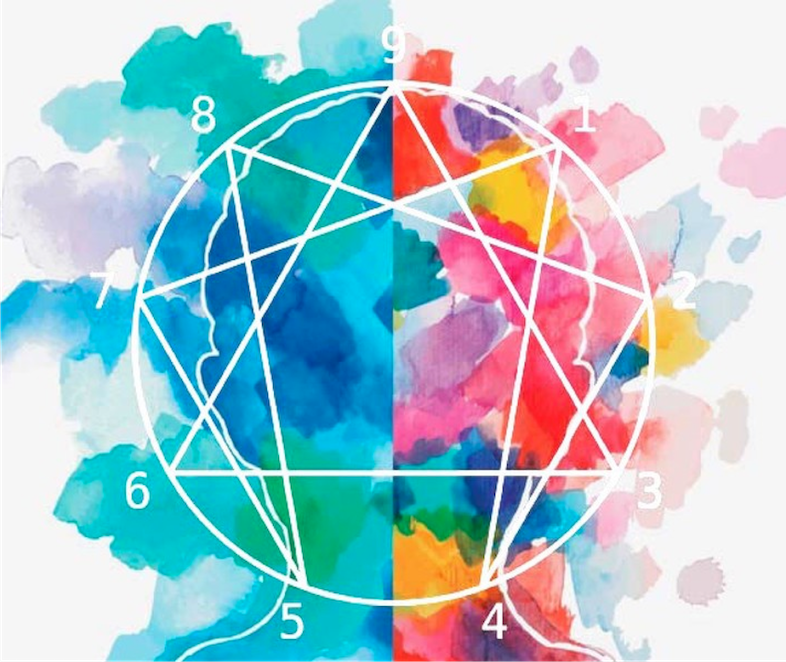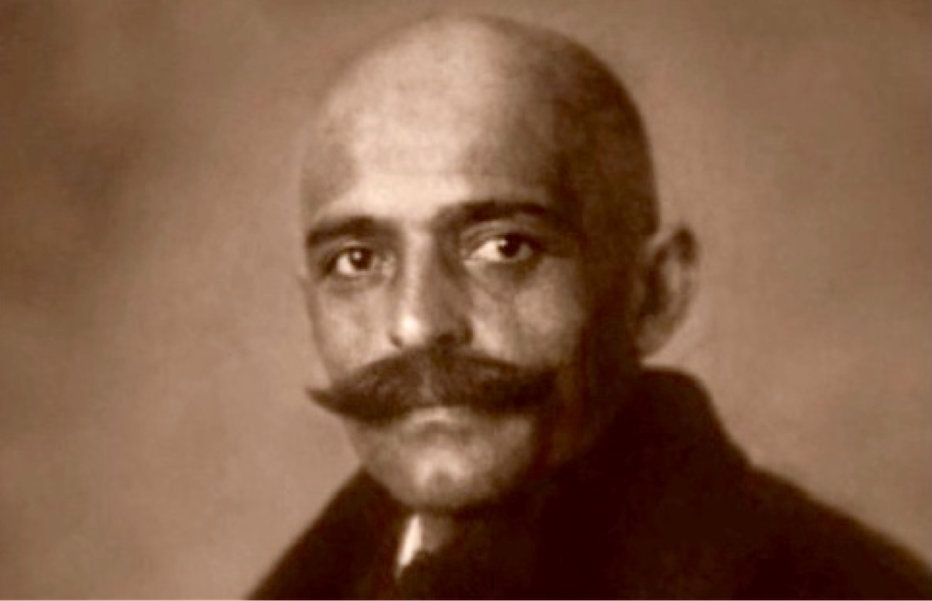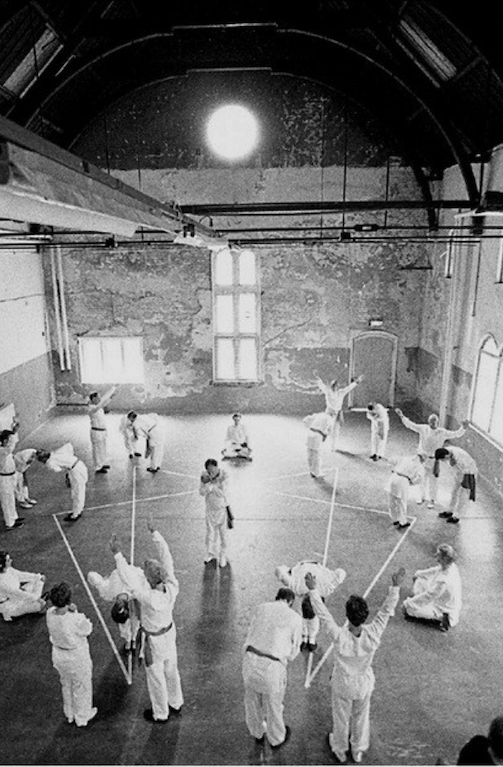TRANSPERSONAL ENNEAGRAM
The Transpersonal Enneagram is a profound tool for self-discovery with ancient roots tracing back to Mesopotamia. This intricate geometrical figure, blending the Law of Seven and the Law of Three, has been shaped by diverse influences, from Gurdjieff’s teachings to the insights of Ichazo and Naranjo. Embracing psychotherapy, spiritual wisdom, and meditation, it unveils nine distinct paths of self-awareness, virtues, and defects.
The human being has always been looking for methods of self-knowledge. The origin of this tool of knowledge goes back in a secret and hidden way to the city of Babylon, in ancient Mesopotamia. Its time-lost origins are mixed between Zarathustra, the Sufis and the ancient Pythagoreans. It is a geometrical figure formed by an equilateral triangle (3,6,9), with an irregular hexagon (1,2,4,5,7,8) above, surrounded by a circle.
The enneagram, at an esoteric level, is the sum of the Law of Seven with the Law of Three. The Law of Seven are musical notes that work as positive energy. Deviations from the path are negative energy that comes into confrontation with the previous one. Additional collisions are the neutralizing force. These three forces are the Law of Three.
In the West, it was spread by the Russian philosopher Georg Gurdjieff. He was inspired by his travels and visits to esoteric schools, where he develops nine ways of working with the Self with the mission of awakening man from his dream. He starts teaching about the fourth way. The fourth way is an integration of the way of the fakir, the way of the monk and the way of the yogi, integrating them with his own memories. A disciple of his, Piotr D. Ouspensky, is in charge of spreading his teacher’s teachings through the fourth way. Gurdjieff developed a nine-pointed dance, to be able to feel at each point with a certain movement that implies a determined psychological and emotional state.




In Latin America a follower of the fourth way, the Bolivian Oscar Ichazo, creates his Arica system. Inside the structure of his school the theory of personality called «protoanalysis» is a fundamental part of his teachings.
This work was synthesized and integrated with psychotherapy and Buddhist meditation by the psychiatrist and spiritual master Claudio Naranjo, creator of a living Gestalt and heir of Fritz Perls. In the early 70s, he spreads it in the USA, Europe and Latin America calling it «psychology of enneatypes». He includes the enneagram through the SAT program (Seekers After Truth) building a bridge among the Gestalt Psychotherapy, the Fisher – Hoffman process, art, Buddhist meditation and group and body experiences.
Through thousands of people who have gone through the SAT process, he conducted an open, ambitious and thorough investigation of all the features of each of the 27 enneatypes.
The enneagram of passions is an atlas of the anatomy of neuroses. This neurosis is represented by a basic triangle generated through falsehood, self abandonment and fear. This is the basic origin of all other eneagram neuroses. The hexagon is the representation of the six annexed points that project the dominant passions. It is a map that makes us realize what we feel, think or do and gives us a possibility to transform what comes in from our parents.
The aim of the enneagram is to discover each one´s character and, of course, not only to know it intellectually but to work on it. The famous work on oneself, as proposed by the masters previously named. It is a journey of self-knowledge to the traps of our ego and to the study of our character.
Our staff will make it easier for you to discover about your enneatype and therefore develop the possibility of clarifying your existence.
«I met the enneagram through Oscar Ichazo with his Arica system. I transformed it into nine personality types, which are actually twenty-seven. These are associated with nine virtues and nine specific defects. Thus I could develop an innovative therapeutic method for each of them»
Dr. Claudio Naranjo